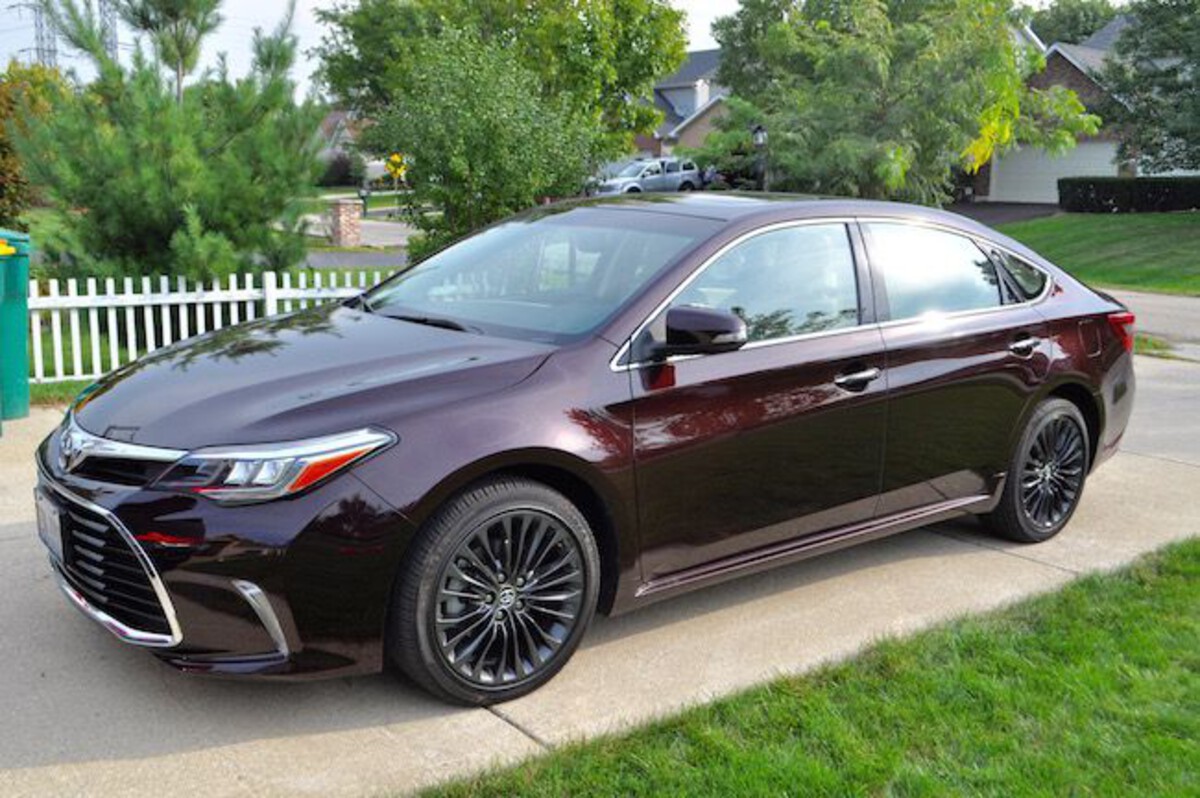When it comes to driving comfort, especially at highway speeds, few things are more frustrating than a car that buzzes, rattles, or groans as soon as you hit 60 mph.
A sedan may seem smooth during a quick test drive around town, but it’s often the highway where build quality (or the lack of it) really shows. Road noise, loose panels, poor insulation, and aging suspension components can quickly turn what should be a relaxing cruise into an annoying and noisy experience.
In this comparison, we’re looking at two distinct types of sedans: those that remain tight, quiet, and composed at highway speeds even with age and mileage—and those that turn into mobile noise boxes, riddled with creaks, squeaks, and vibrations that make you reach for the radio just to drown it all out.
The quiet sedans stand out for their superior build quality, structural rigidity, and long-lasting components that resist wear. The noisy ones, on the other hand, often suffer from cost-cutting, weak interior materials, or poor chassis damping that reveals itself over time.
Whether you’re commuting daily or taking long trips, this guide will help you choose a sedan that feels solid and serene rather than one that sounds like it’s falling apart.
First, we’ll look at five sedans that stay impressively silent and rattle-free at highway speeds—and why they deserve that praise.
Also Read: 5 Cars with Brakes That Remain Strong vs 5 with Brake Fade Over Time
5 Sedans That Don’t Rattle at Highway Speeds
For drivers who spend significant time on highways, a quiet and composed ride isn’t just a luxury—it’s a necessity. Few things separate a well-engineered sedan from a flimsy one more clearly than how it behaves at 70 mph.
While some sedans develop rattles in the dashboard, doors, headliner, or suspension after a few years, others continue to feel rock-solid and whisper-quiet even at high mileage.
These are the cars that have earned reputations for staying calm under pressure—vehicles that glide down the highway without buzzes, squeaks, or annoying road vibration intruding on your peace.
The sedans we’ve selected here have proven, across thousands of owner reviews and mechanic insights, to maintain their structural integrity over the long haul.
Their interiors don’t fall apart with age, their weather seals stay tight, and their suspensions remain composed. Whether it’s thanks to high-quality materials, smart design, or just good old-fashioned overengineering, these sedans show that silence truly is a marker of quality.
We’re writing about them because they’re the kinds of cars you can drive for years and still feel proud of—sedans that age gracefully and hold together, mile after mile.
If you want a car that feels as composed on the highway at 150,000 miles as it did at 15,000, these five belong on your shortlist.
1. Lexus ES 350 (2013–2018, 6th Generation)
The 2013–2018 Lexus ES 350 is one of the quietest and most structurally solid sedans in its class, making it a go-to recommendation for those who value serenity at highway speeds.
Built on a stretched version of the Toyota Camry platform, the ES 350 takes Toyota’s legendary reliability and combines it with Lexus-grade build quality, sound insulation, and suspension tuning to create a sedan that feels more like a luxury cruiser—mile after mile.
Even at 70–80 mph, the ES 350 remains whisper-quiet inside. Lexus engineered this generation with thick door seals, acoustic glass, and a rigid body structure to eliminate vibration and harshness.
Owners often remark on how little wind or tire noise makes it into the cabin—even on older, high-mileage examples.
The suspension is tuned more for comfort than sharpness, which helps absorb road imperfections that would otherwise cause dashboard or interior rattles in lesser vehicles.
Additionally, the materials used inside the ES—soft-touch plastics, tight trim tolerances, and high-quality fasteners—help keep the car feeling new even after a decade of use. It’s common to see 150,000-mile examples that still drive and sound like they just left the showroom.
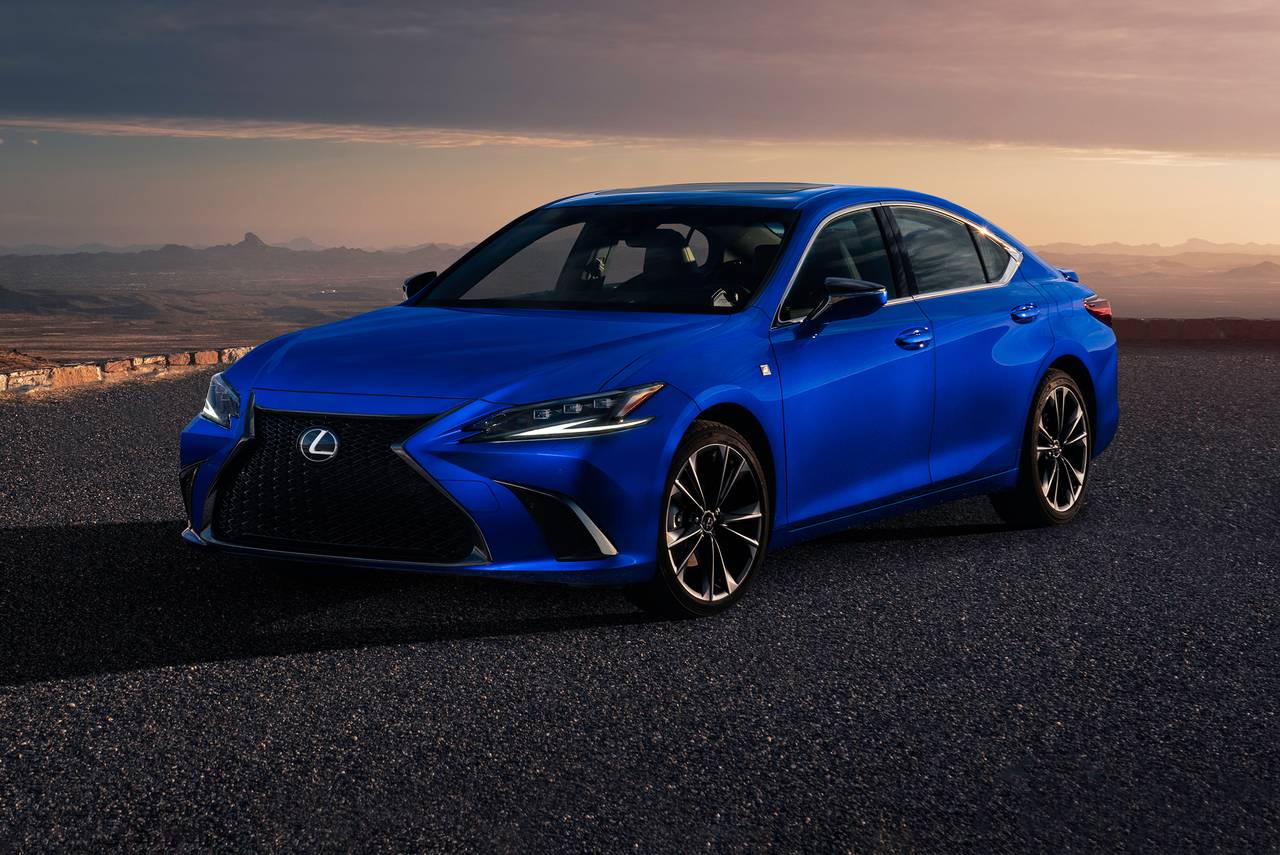
We’re including the ES 350 because it defines what it means to age gracefully. It doesn’t just resist rattles—it avoids them entirely.
If your goal is to find a used or new sedan that feels composed, refined, and utterly quiet even during long highway drives, the ES 350 is a benchmark that few others in its class can match.
2. Honda Accord (2013–2017, 9th Generation)
The 9th-gen Honda Accord strikes a nearly perfect balance between comfort, structural integrity, and real-world quietness. From the factory, it came with excellent chassis tuning and a tight build, making it a solid performer even at high speeds and high mileage.
Whether in base LX trim or a fully loaded EX-L V6, this generation of Accord resists the squeaks and buzzes that often plague midsize sedans after 60,000 miles.
Highway composure is particularly strong in this model. Even after years of use, road noise is well-managed, and wind intrusion is minimal thanks to improved door seals and windshield acoustics. Suspension components hold up surprisingly well, and the car maintains its quiet demeanor even on worn asphalt or in strong crosswinds.
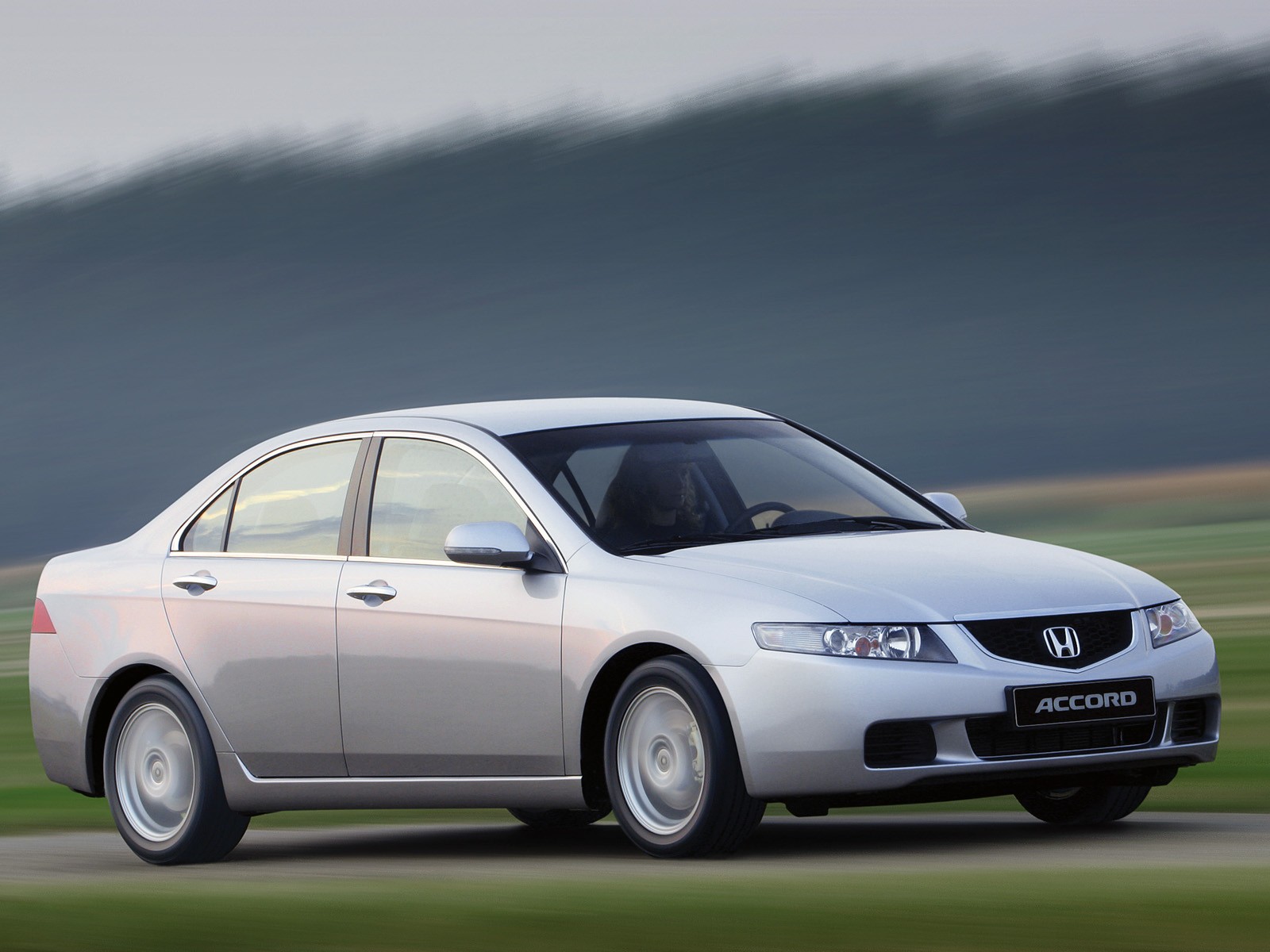
Why it stands out: Honda used higher-grade adhesives and sound-deadening materials compared to previous generations, and it shows.
Dashboards don’t creak, headliners stay secure, and owners consistently report that the car feels “tight” even after 150,000 miles. It’s especially impressive given that the Accord isn’t marketed as a luxury vehicle—it simply delivers luxury-like quietness anyway.
3. Toyota Avalon (2013–2018, 4th Generation)
The 2013–2018 Toyota Avalon is often referred to as a “budget Lexus,” and for good reason. It shares powertrain components with the ES 350 but leans slightly more toward a sporty full-size character while maintaining exceptional composure at highway speeds.
The cabin stays impressively quiet thanks to thick glass, strategic sound-deadening insulation, and robust panel fitment.
This generation of Avalon was engineered with long-distance comfort in mind. Whether you’re driving across town or across state lines, the Avalon’s cabin remains composed and rattle-free.
Its suspension system handles road imperfections with grace, and the body doesn’t flex or groan under stress, which is critical to eliminating squeaks and buzzes at speed.
Even in base XLE models, the interior materials are well-fitted and designed to last. Door panels, center consoles, and dashboards all resist the wear and loosening that leads to noise over time. Owners routinely report how quiet and “new-feeling” their cars remain even after 100K+ miles.
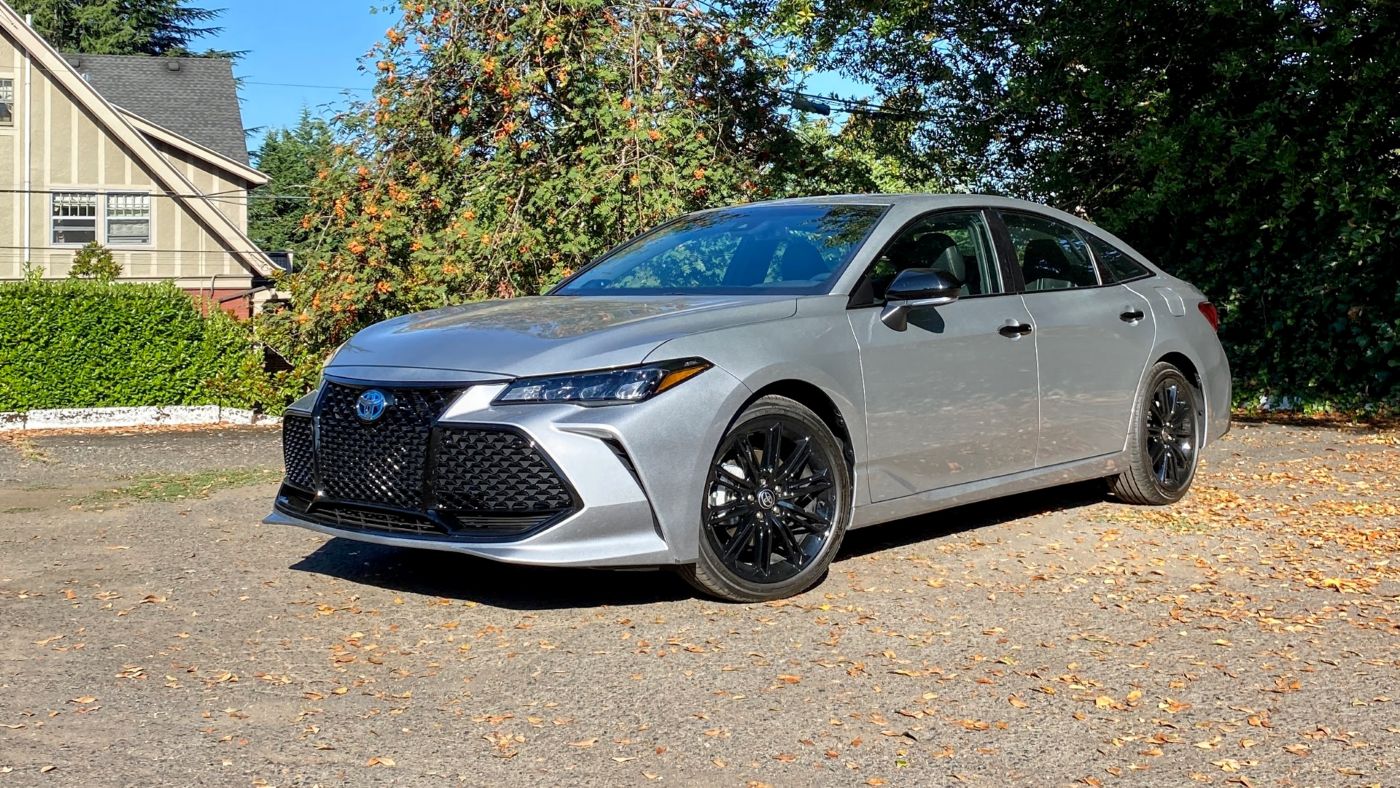
We’re including the Avalon because it proves that full-size sedans still have a place—especially for drivers who want isolation from road noise and a refined highway ride without paying a luxury badge premium.
4. Volvo S60 (2012–2018, P3 Generation)
The Volvo S60 from this era stands out for delivering a serene ride with distinctly European structural stiffness.
Built with a safety-first design philosophy, the P3 platform is overengineered in the best way possible. The result? An impressively quiet, rattle-free experience even well into the car’s second decade.
At highway speeds, the S60 remains steady and refined. Road noise is well-controlled, and body vibrations are minimal thanks to advanced suspension bushings and a solid subframe layout.
Volvo paid attention to both sound isolation and the long-term durability of interior components, which means fewer loose plastics and worn mounts that commonly lead to cabin noise.
The doors shut with a vault-like “thunk,” and everything from the seats to the dashboard remains planted and rattle-free over time.
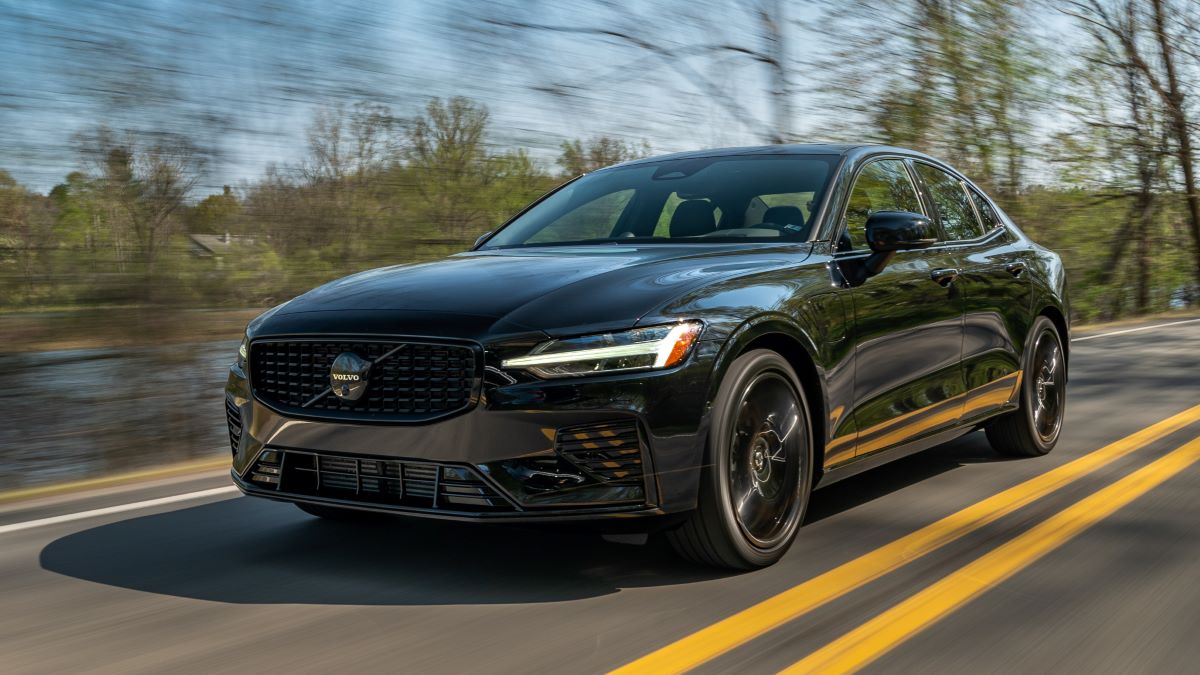
Even in rougher climates, where roads can be punishing, the S60 holds its composure far longer than many of its luxury or non-luxury peers.
We’re including it because it flies under the radar. While often overlooked next to German rivals, the S60 delivers premium highway comfort without the common downsides of interior degradation or mechanical looseness. It’s a quiet, composed sedan built to withstand both time and travel.
5. Mazda6 (2014–2021, 3rd Generation)
The 3rd-generation Mazda6 is proof that you don’t need a luxury badge for a composed, rattle-free ride. Mazda’s “Skyactiv” engineering focused on light but stiff chassis design, and the result is a sedan that stays quiet and confident on the highway—even after years of use.
From the start, this generation of Mazda6 was praised for its refinement. Mazda used acoustic windshield glass, reinforced crossmembers, and well-damped suspension mounts to reduce unwanted vibration and cabin noise. Unlike earlier Mazdas, this model doesn’t creak or buzz over rough pavement, even after 80,000–100,000 miles.
Another standout is the tight build quality. The interior—especially in Grand Touring trims—uses soft materials and well-secured panels that resist long-term wear.
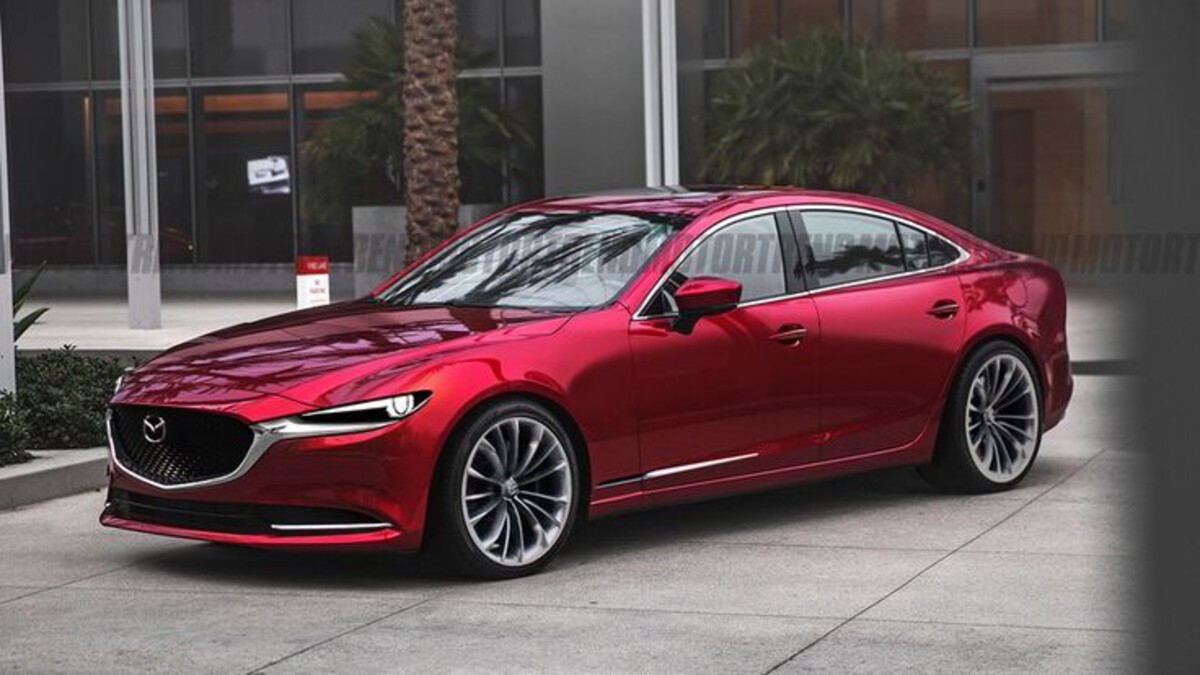
Owners frequently report that even older models still feel “newer than expected,” especially at highway speeds where the car continues to feel planted and serene.
We’re including the Mazda6 because it’s an affordable, fun-to-drive sedan that doesn’t fall apart with age. If you’re looking for something stylish, engaging, and quiet well past 100K miles, the Mazda6 is a standout that blends driving fun with long-term polish—without rattles ruining the experience.
5 Sedans That Are Noise Boxes
Not all sedans are created equal—especially when it comes to staying quiet at speed. While some cars feel tight and refined for years, others start buzzing, rattling, and groaning well before they hit 80,000 miles.
These are the sedans that may look good on the outside but become literal noise boxes on the highway, with dashboards creaking, door panels vibrating, and suspension components clunking with every bump or lane change.
Often, the problem stems from cost-cutting in materials, poor assembly tolerances, or weak chassis design. As these vehicles age, interior trim loosens, rubber seals harden, and the body begins to flex in ways it was never designed to handle.
It’s not always that the engine or transmission fails—it’s that the entire driving experience becomes so noisy and unrefined that the car feels worn out long before it should.
In this section, we’re spotlighting five sedans known for these issues. These cars frequently show up in owner forums and mechanic shops with complaints about squeaks, rattles, and cabin noise that degrade the driving experience.
While they may be affordable or even stylish when new, their tendency to age poorly makes them frustrating to live with—especially on the open road.
Let’s take a closer look at five sedans that too often become rolling noise machines, and why they earn their place on this list.
1. Nissan Altima (2013–2018, 5th Generation)
The 2013–2018 Nissan Altima may have been a bestseller during its time, but it’s also one of the most frequently mentioned sedans when it comes to highway rattles, creaks, and early interior deterioration.
While it offered attractive styling, decent fuel economy, and a roomy cabin, long-term refinement was clearly sacrificed in favor of aggressive pricing. By the time many of these cars hit 60,000 to 80,000 miles, they develop a chorus of noises that make them feel far older than they are.
Interior panels are one of the biggest culprits. Dashboard plastics tend to warp and buzz, door panels loosen, and trim pieces start vibrating—especially when driving over expansion joints or rough pavement.
The issue becomes especially noticeable at highway speeds, where wind and road noise amplify every squeak inside the cabin.
The CVT transmission (continuously variable) contributes its own noise signature—often a droning, rubber-band-like whine under load—which makes cruising more fatiguing. Suspension components like sway bar end links and strut mounts also wear early, leading to audible thumps and groans from the front end.
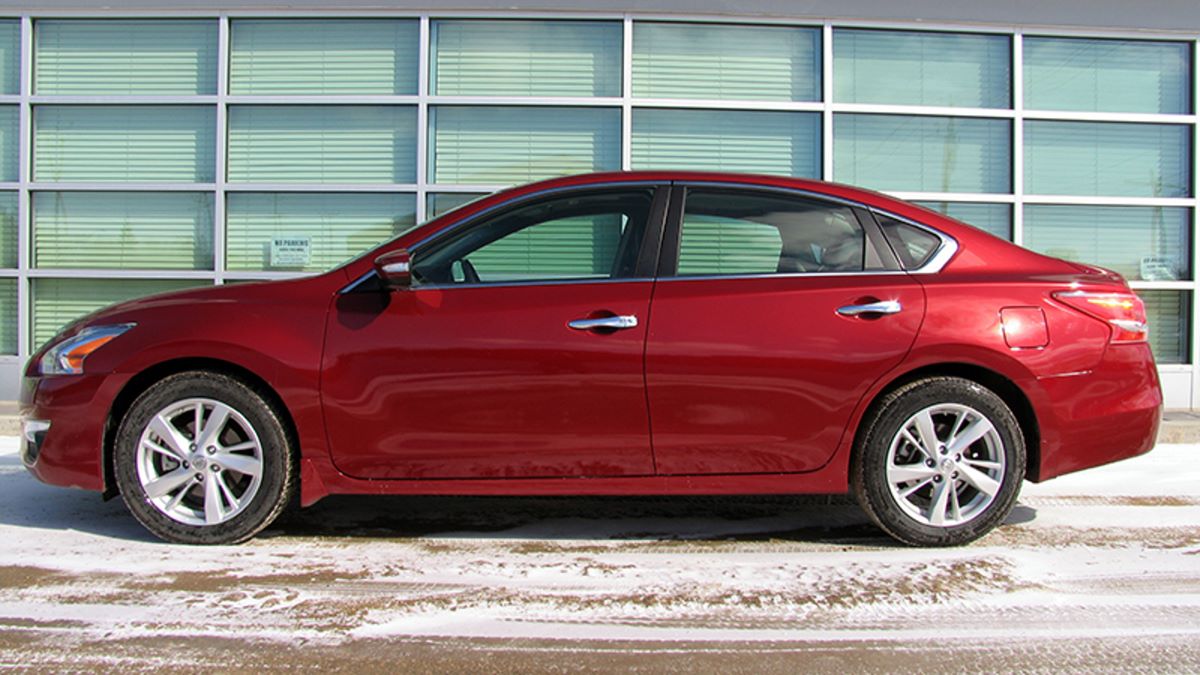
We’re including the Altima because it exemplifies a car that ages noisily. While it’s initially smooth and quiet when new, the long-term experience can be frustrating, especially for highway commuters who value a peaceful cabin.
Even if the drivetrain survives, the persistent interior noises and suspension degradation make it feel like a car that’s always just a few miles away from falling apart.
2. Chevrolet Malibu (2016–2021, 9th Generation)
The 2016–2021 Chevrolet Malibu was a major redesign for GM’s midsize sedan, with a sleeker look and improved fuel economy.
But beneath the surface, it’s a vehicle that too often disappoints when it comes to long-term driving refinement—particularly in terms of noise, vibration, and harshness (NVH). While initially quiet on showroom floors, many Malibus from this era become rattle-prone and noisy inside by 60,000 to 80,000 miles, especially at highway speeds.
One key issue is the interior build quality. Despite looking modern, the dash, center console, and door panels are made of lightweight materials that don’t age gracefully.
Owners often report plastic trim creaks, seat track rattles, and buzzing from the touchscreen bezel or dashboard corners—especially when driving at speed on rough pavement. These noises only get worse with temperature changes, which cause plastic components to expand and contract noticeably.
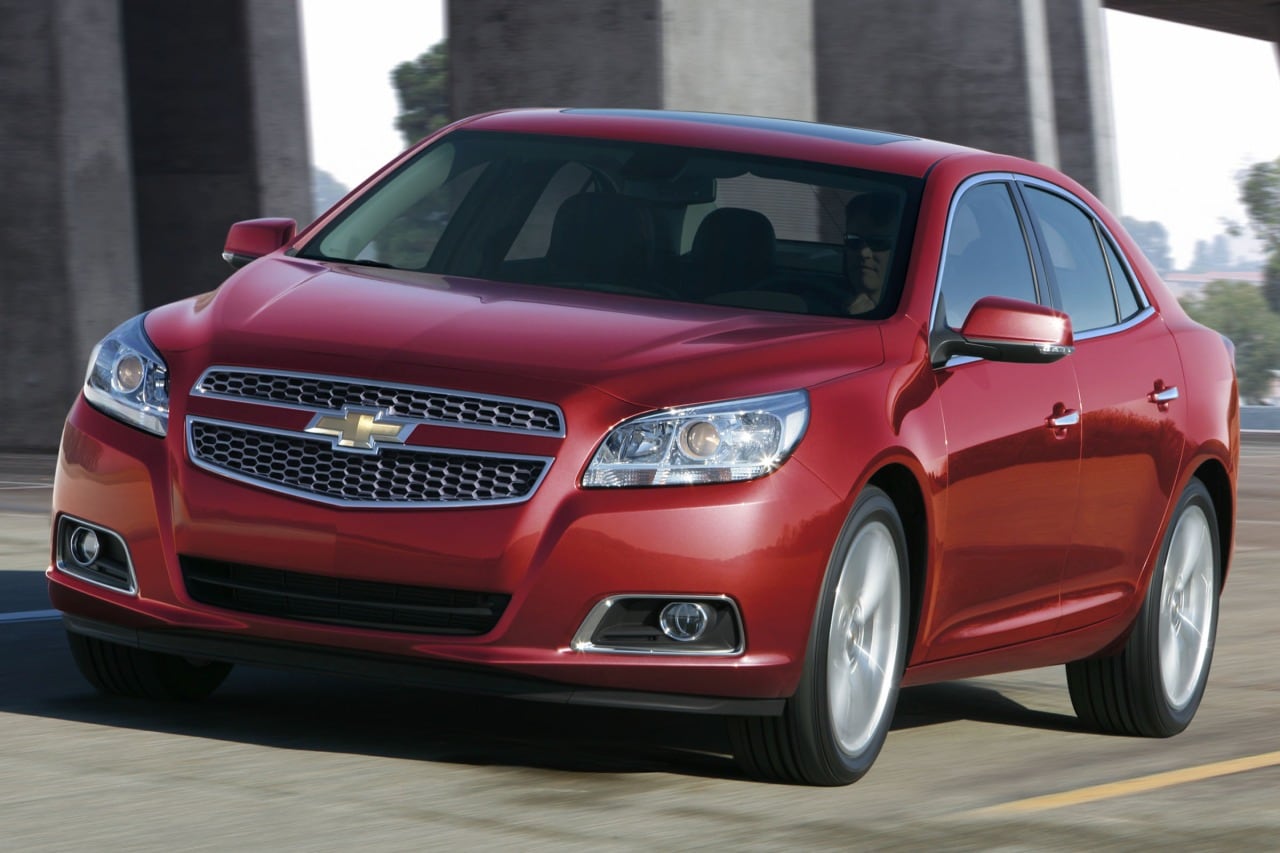
The suspension doesn’t help matters. The Malibu’s soft ride tuning contributes to early strut and bushing wear, which introduces thumping noises and a loose feel that amplifies the perception of aging. Combine that with modest sound insulation and you get a sedan that allows too much road and wind noise to creep in.
We’re including the Malibu because it promises modernity but often delivers a degraded experience far too early in its life.
For a car that competes directly with quiet, composed rivals like the Camry and Accord, its tendency to feel hollow and rattly on the highway is a clear weakness that frustrates long-term owners.
3. Volkswagen Jetta (2011–2018, 6th Generation)
The 6th-generation Volkswagen Jetta (2011–2018) marked a shift in VW’s strategy for the U.S. market, prioritizing affordability over premium feel.
Unfortunately, this move resulted in a sedan that, while competent when new, often becomes a noise box with age—especially on the highway.
Many owners who praised its quiet ride and Euro-inspired handling early on began reporting rattles, buzzing trim, and suspension clunks by the 60,000 to 80,000-mile range.
One of the main issues lies in cost-cutting decisions. VW used more hard plastics and thinner sound-deadening materials in this generation compared to its predecessors.
This leads to widespread dash rattles, door panel creaks, and interior buzzes that are especially noticeable during highway driving or in colder temperatures. Even models with upgraded trims or added features like sunroofs tend to develop squeaks in the headliner and pillars over time.
Suspension components are another weak link. Control arms, struts, and mounts often wear early, and even small failures can translate into noticeable clunks and a degraded highway ride.
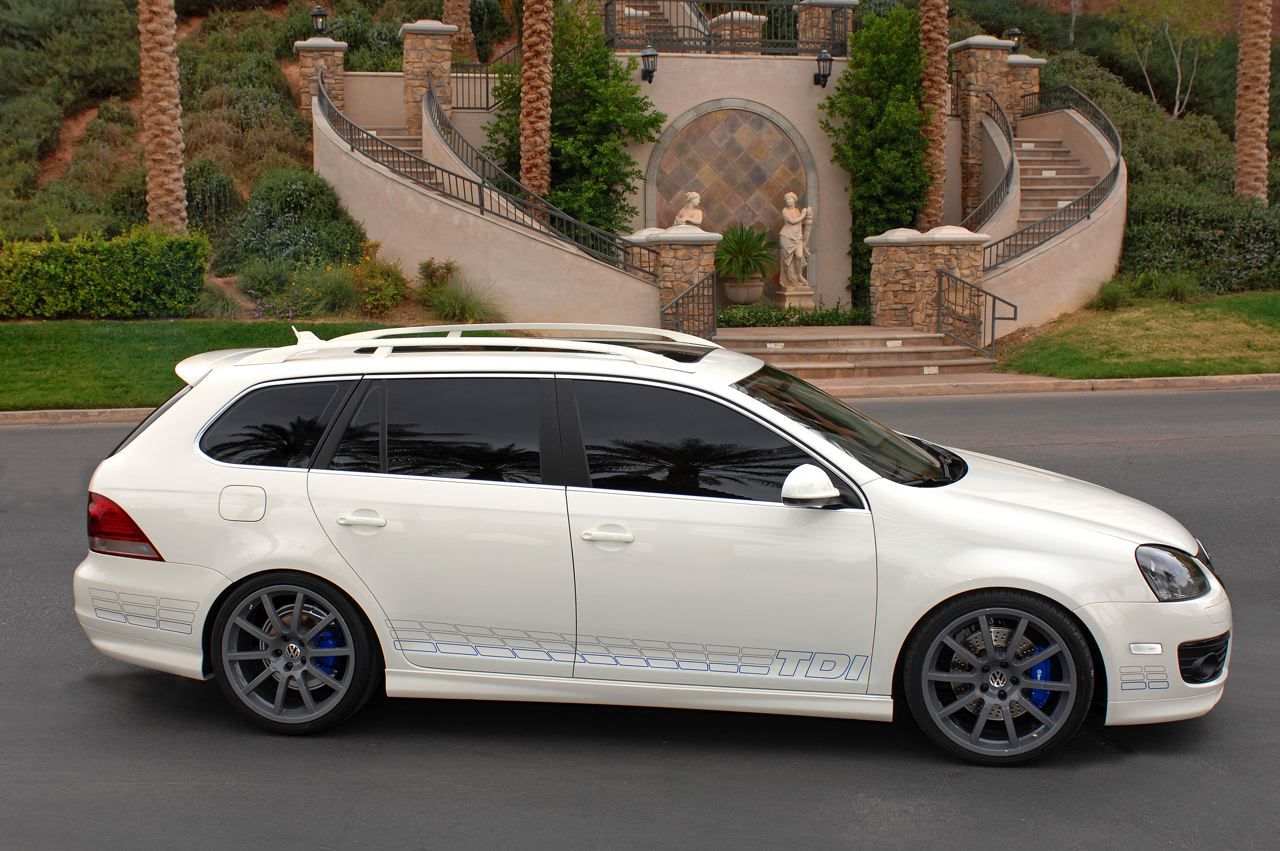
Combine that with wind noise that becomes more intrusive as window seals age, and the Jetta starts to feel far less refined than its European image suggests.
We’re including the Jetta because it’s a textbook case of a car that loses its composure too early.
While it may look and feel solid when new, long-term owners often find themselves chasing down rattles and dealing with an interior that simply doesn’t hold together—making it a noisy, frustrating companion on longer trips.
4. Hyundai Elantra (2011–2016, 5th Generation)
The 2011–2016 Hyundai Elantra was a breakout success in terms of styling and fuel economy, helping to boost Hyundai’s reputation during the early 2010s.
But while the car looked sharp and drove well when new, its long-term refinement—particularly at highway speeds—left much to be desired. Many of these Elantras become noisy, rattle-prone, and generally unrefined well before reaching 100,000 miles.
Interior trim quality is a primary issue. Hyundai went for style over substance with sculpted panels and a sweeping dashboard design, but the materials don’t age well.
Door panels begin to creak, center consoles rattle, and the headliner and sun visors often develop squeaks, especially when driving at higher speeds or over imperfect roads. Owners frequently report that the cabin sounds “loose” or “tinny” as early as 60,000 miles.
Suspension durability is another weak point. Struts and bushings wear out quickly, leading to a bouncy, unsettled highway ride and occasional clunking noises from the front end.
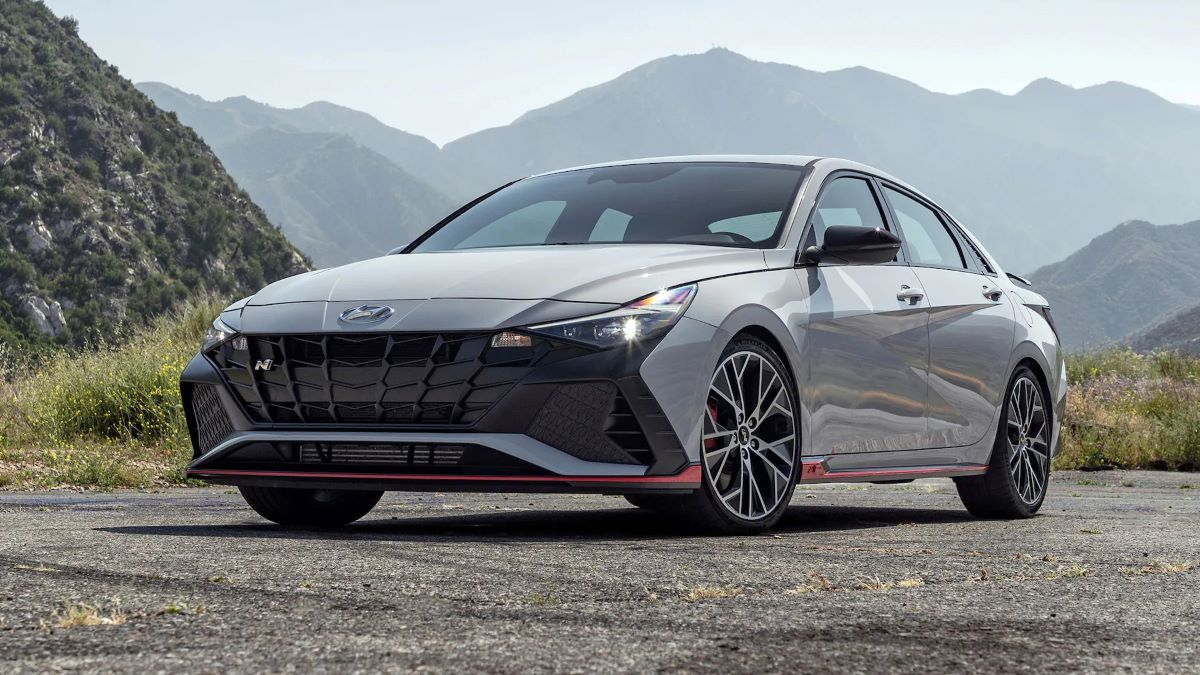
Add in limited sound insulation, and both road and wind noise become constant companions on long drives.
We’re including the Elantra because it’s a car that sells on value but ages like an economy model. While newer generations have improved, the 5th-gen Elantra is well-known for developing interior noises and highway harshness that undercut its initial appeal.
For anyone planning to drive long distances or keep their car for several years, the early Elantra becomes a noisy, tiresome ride too soon.
5. Chrysler 200 (2015–2017, 2nd Generation)
The second-generation Chrysler 200 (2015–2017) was launched with hopes of revitalizing Chrysler’s midsize sedan presence, offering sleek styling, optional all-wheel drive, and modern tech features.
But while the exterior design turned heads, the real-world driving experience—especially at highway speeds—has often left owners disappointed.
Even at moderate mileage, the 200 is known for developing a range of interior noises, vibrations, and cabin harshness that make it feel worn and fragile far too soon.
One of the most common complaints is dashboard and center console rattling. The interior layout looks upscale at first glance, but the build quality underneath doesn’t support it.
Trim pieces work loose over time, particularly in the console, vents, and glove compartment. These noises become especially noticeable at highway speeds, where even small vibrations cause plastic-on-plastic contact points to buzz and creak.
Additionally, the 9-speed automatic transmission—new and problematic for Chrysler at the time—frequently delivers harsh, erratic shifts.
Not only does this make the car feel unsettled, but it also generates cabin movement and drivetrain noise that adds to the overall sense of disorder. Road and wind noise are poorly managed as well, further degrading the highway experience.
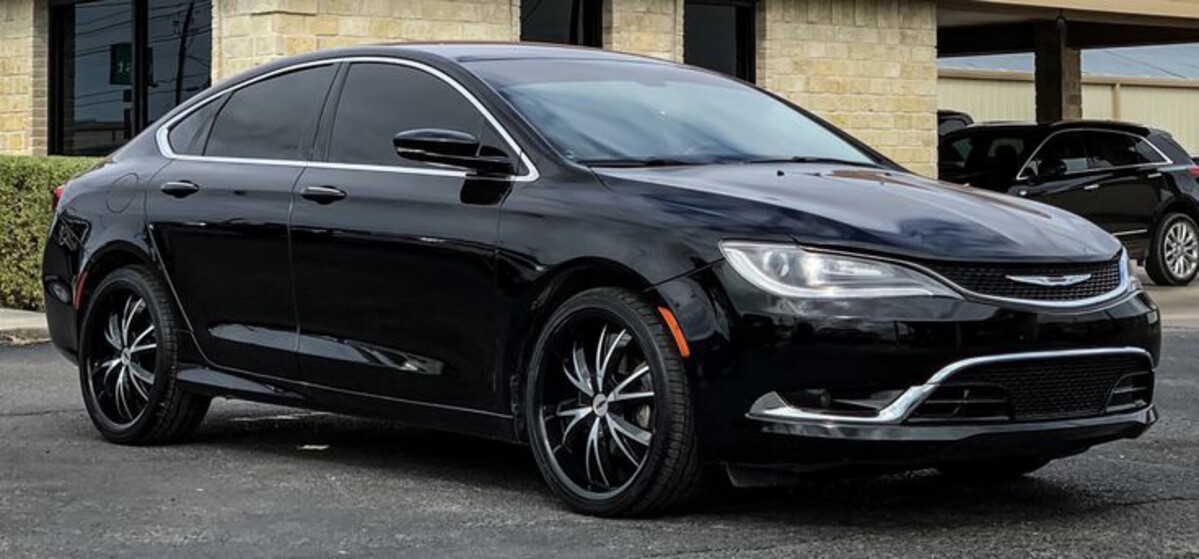
We’re including the Chrysler 200 because it’s a clear case of style over substance. While it’s attractive and well-equipped on paper, its early aging, transmission quirks, and interior noises make it feel far less solid than its rivals.
By 80,000 miles, many examples have become noisy, tiring cars that struggle to deliver the refinement expected from a midsize sedan.
Also Read: 5 Engines That Last 300,000 Miles vs 5 That Fail Before 100,000

